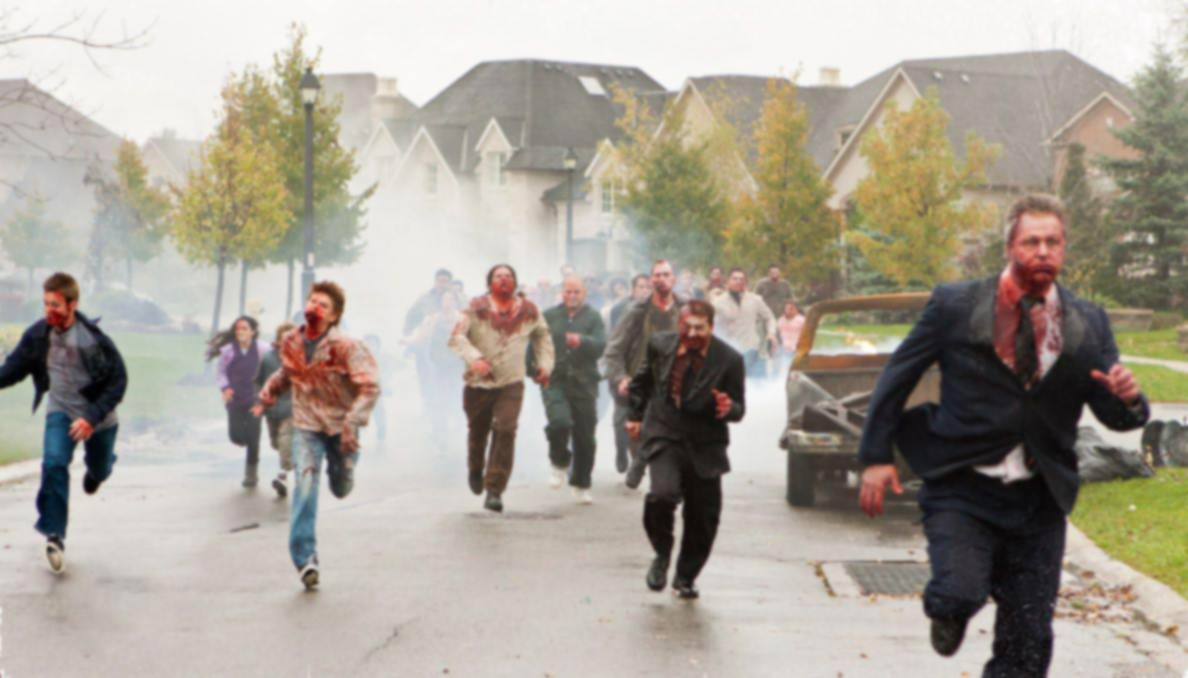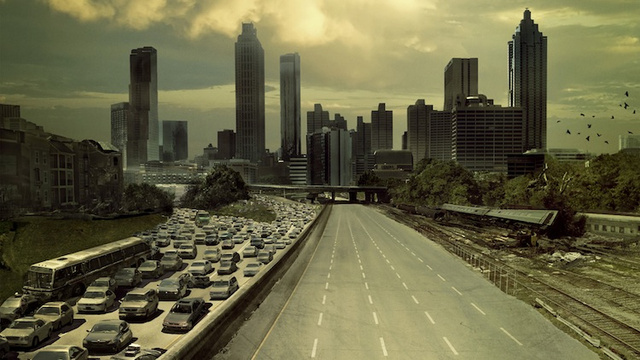Have you ever considered the relationship between people and places? What impact do they have on each other? Can they be viewed as separate pieces or are they two pieces which are dependent upon each other in order to create a working whole? The scary scenes we create for horror movies say a lot about what we find ideal, and what we dislike, in the places where people live.

I am fascinated with the relationship that I believe exists between people and the places they inhabit. To me, the relationship between people and place is one that must be viewed as being inseparable. Any living creature is reliant upon the environment that they inhabit for life. Whether we are talking about an amoeba, ant, aspen tree, or aardvark each is tied directly and specifically to the transect in which nature has placed it. Human beings are no different, with the exception of the ability to generate their own environment. Our ability to “create” puts us in a unique position – one in which we can choose where we want to live and overcome natural obstacles that all other creatures are subject to. Arguably, we do much better in creating our built environment when done so respecting laws of nature, as opposed to attempts to rule over it.

There is an interesting aspect regarding the relationship between people and place that has identified itself in my mind over the past couple months. That relationship was further solidified by a YouTube video that I recently came across. The relationship first identified itself in my mind in regards to a principle correlation which resides in most religions. The principle is this: Human beings are made up of two separate elements, which when brought together generate life – the body and the soul. Only when together does life exist. People and place are the same. People are the soul by which life exists in the places we create.
The YouTube video I came across was that of an economist, named Tomas Sedlacek speaking about the economics of “good & evil.” He described an interesting analogy which applies directly to my previous example regarding the body and soul. He takes it a step further by discussing the state of the body and soul as identified in horror movies:
“Let’s take a look at horror movies… What happens if you separate the soul from the body? What happens, in horror movies, when you divide these two – if you take a body and rid it of a soul? You get a zombie or any other form of un-dead. And if you separate the spirit from the body you get a ghost. So if you disjoin these two (body and soul) it’s not good.”

This is a “scary” proposition when taken back to the people and place relationship, but at the same time it paints an extremely accurate picture of what current development practices emit. Much of what we experience in regards to our built environment consists of places (body) which are devoid of people (soul) because the ill-intended output in many cases is that of creating a machine as opposed to a living organism. Much of what is developed, using current practices, creates horror film conditions – environments that are arguably best suited for the undead, rather than the living.
In understanding what’s wrong we can identify a clear path to the changes that need to be made. First, we must accept that our current system is broken – we are generating environments for the undead. Second, we must recognize the relationship between people and place – people (soul) are the life giving element to our places (body). Third, the places we develop must be done so with the full intent of attracting and thus generating life because they were consciously designed to serve people.
About the author: Michael Hathorne is a planning professional with experience in community design, property acquisition, land-use entitlements, long range land planning, and land-use policy. Michael served as Chairman of the Local Host Committee which oversaw the organization and planning efforts for the national CNU conference in Salt Lake City, UT in 2013.

